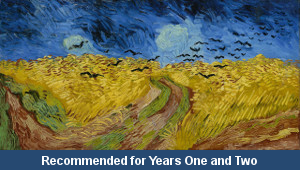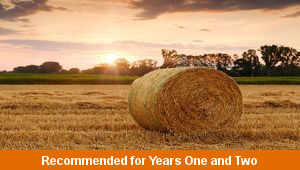Lesson Five – Shape Changes

This maths teaching pack for Key Stage One gets the children to explore and illustrate how to make some different patterns of 2D shapes by changing their size and position for each modelled sequence.
The class can identify and describe the matching properties of the shapes used to build each different pattern such as shapes with one and no lines of symmetry and with four or more sides..
Download this teaching pack including a lesson plan, classroom activities and an interactive presentation to explore and illustrate how to make some different patterns of 2D shapes by changing their size and position for each modelled sequence
Activities in this teaching pack include differentiated worksheets for support, core and extension ability levels to select, complete and create some different patterns of 2D shapes by changing their size and position to match sequences of shapes with matching properties.
The interactive presentation gets the children to explore and illustrate how to make patterns of 2D shapes by changing their size and position.
This lesson is part of a maths scheme of work to get the children to identify, describe and compare different 2D shapes by their matching individual properties including the number of sides, vertices and lines of symmetry. There are teaching activities for shared learning, differentiated worksheets to support independent learning and interactive presentations to introduce concepts and key skills.
-

Van Gogh
Investigate and replicate the work and painting style of a famous artist from the past by producing a matching landscape of the school building
-

Harbour Labels
Practise structuring and formatting different word processed documents to describe a range of ships and boats seen in a harbour
-

Islam
Explore and illustrate some of the different stories, beliefs and practices of the Islamic religion including special festivals and sacred texts
-

Farm Prints
Practise and demonstrate different techniques when printing a range of shapes and patterns that can reflect themes and ideas related to farming
